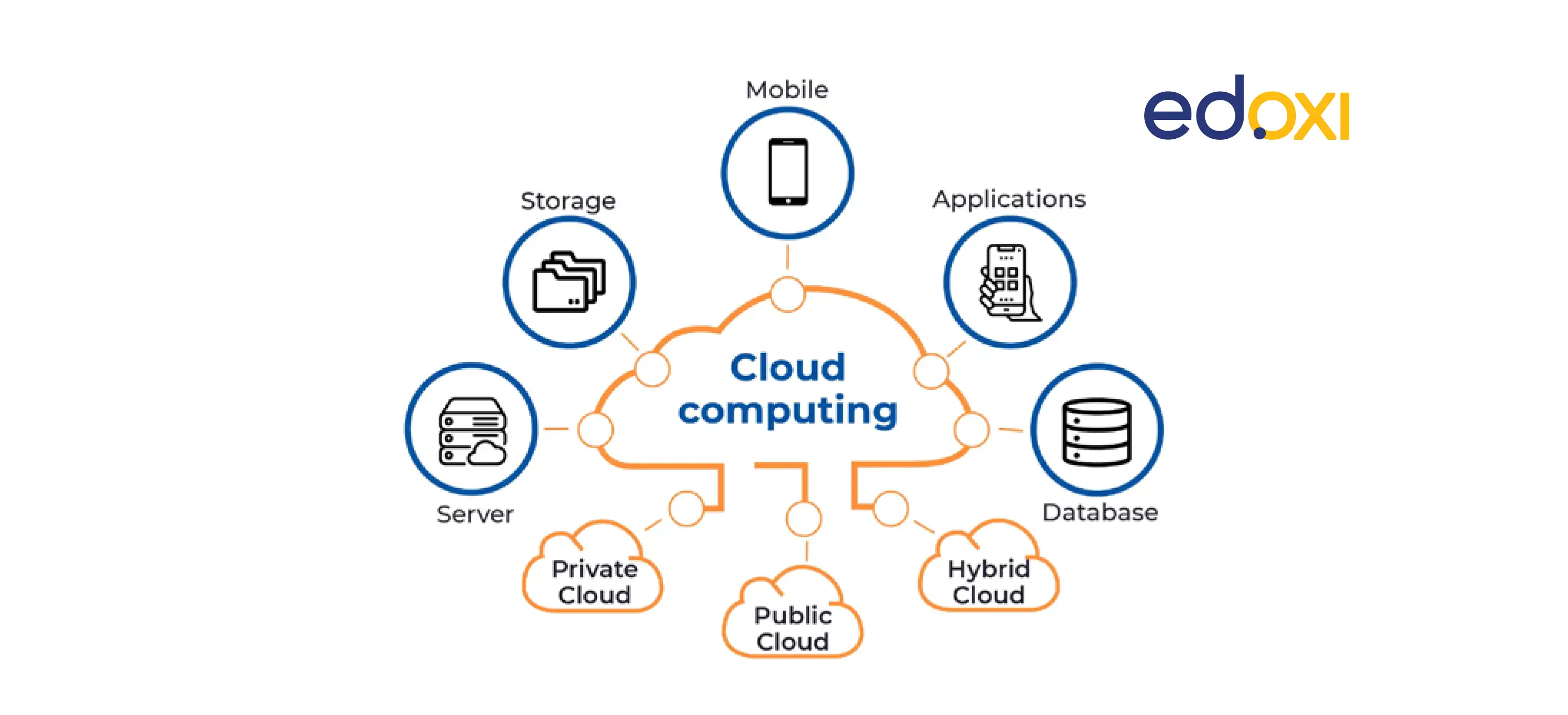Cloud Services Press Release: Keep Updated with the current Advancements
Drive Advancement: Using the Power of Cloud Provider
In the fast-paced landscape of modern business, harnessing the power of cloud services has actually come to be an essential component for organizations intending to drive technology and preserve an one-upmanship. The ability to range resources dynamically, take on sophisticated innovations seamlessly, and streamline growth procedures effectively can dramatically influence a company's capability to innovate and adapt. As we explore the elaborate partnership between cloud solutions and technology, fascinating understandings on just how cloud solutions reinvent standard organization techniques and pave the way for groundbreaking advancements will certainly be disclosed.
Benefits of Cloud Services
Cloud services use numerous advantages to businesses and people looking for adaptable and reliable options for their digital requirements. One of the crucial advantages of using cloud solutions is the cost-effectiveness they give.
In addition, cloud services enhance availability and collaboration among groups. With data kept in the cloud, employees can safely access data and applications from anywhere with a web link, promoting remote work abilities and improving productivity. Real-time collaboration functions allow several individuals to work on records simultaneously, promoting seamless team effort no matter physical location.
An additional benefit of cloud services is the enhanced data protection and calamity healing they use. Cloud carriers carry out innovative safety and security measures to protect data from cyber threats, making sure conformity with sector laws. Furthermore, automated back-ups and recovery remedies lessen the threat of information loss because of unpredicted occasions, offering satisfaction to users.
Cloud Movement Strategies
Transitioning to cloud services entails precise planning and critical execution to make sure a smooth and efficient movement process. When moving their procedures to the cloud, there are a number of cloud migration approaches that organizations can take into consideration. One common strategy is the 'Rehost' approach, where applications are raised and changed to the cloud with very little modifications. This method is quick but might not completely maximize cloud advantages. The 'Replatform' approach entails making some cloud optimizations throughout movement, such as updating the application architecture to make the most of cloud-native functions. Cloud Services. For an extra extensive makeover, the 'Refactor' strategy involves rearchitecting applications to be cloud-native, boosting scalability and performance. Furthermore, the 'Repurchase' method involves replacing existing software application with cloud-based options, while the 'Retire' technique involves deactivating redundant applications. Picking the appropriate migration approach relies on aspects like expense, timeline, and preferred results, needing a cautious examination of each alternative's challenges and advantages.
Enhancing Cooperation in the Cloud
Enhancing group cooperation via cloud-based devices can substantially boost efficiency and enhance communication within companies. By leveraging cloud solutions, teams can collaborate effortlessly despite their physical areas, enabling real-time collaboration on tasks. Cloud-based interaction tools such as Slack, Microsoft Teams, or Google Work area offer a centralized platform for staff member to share documents, exchange concepts, and coordinate tasks effectively. These tools use functions like instantaneous messaging, video clip conferencing, data sharing, and job administration, enhancing teamwork and lowering dependence on typical interaction methods like e-mails.

Protection Factors To Consider for Cloud Adoption
How can organizations make sure the robust safety of their data when embracing cloud services? Safety and security factors to consider are extremely important in the adoption of cloud solutions. To protect information, organizations have to first carry out a thorough risk evaluation to determine prospective vulnerabilities and threats. Implementing solid file encryption methods for data both en route and at rest is vital. browse this site Accessibility control mechanisms need to be established to limit unauthorized entrance, and multi-factor authentication can add an added layer of security. Normal safety audits and surveillance of the cloud environment help in detecting and alleviating any type of protection violations immediately.

Cloud-Native Technology Practices
In the realm of cloud computer, accepting cloud-native advancement techniques is essential for companies aiming to optimize their electronic infrastructure and enhance functional performance. Cloud-native development techniques entail developing applications particularly for cloud atmospheres, leveraging the scalability, versatility, and agility that cloud services use. By creating applications with cloud-native concepts in mind, such as microservices architecture, containerization, and orchestration, companies can improve their advancement processes, improve resource use, and respond a lot more properly to transforming market demands.
In addition, cloud-native advancement practices advertise constant assimilation and continuous distribution (CI/CD) pipelines, making it possible for automated testing, release, and tracking of applications. This iterative technique fosters faster development cycles and boosts total software program top quality. Furthermore, making use of serverless computing and handled services allows companies to concentrate on developing core business capabilities while unloading facilities management jobs to shadow service suppliers.
Basically, welcoming cloud-native technology practices empowers organizations to drive innovation, accelerate time-to-market, and remain affordable in today's quickly progressing electronic landscape.
Verdict

As we check out the intricate partnership between cloud solutions and advancement, interesting understandings on exactly how cloud solutions reinvent typical business try these out methods and pave the way for groundbreaking improvements will be exposed. - Cloud Services
There are several cloud migration approaches that companies can think about when moving their procedures to the cloud. Cloud-native technology methods involve creating applications specifically for cloud atmospheres, leveraging the scalability, versatility, and agility that cloud solutions offer. Furthermore, the use of serverless computing and managed solutions permits companies to concentrate on developing core business functionalities while offloading framework monitoring tasks to cloud service suppliers.
It is essential for firms to take into consideration cloud movement approaches, improve collaboration in the cloud, and prioritize security procedures to make certain successful fostering of cloud solutions and drive development within their company.